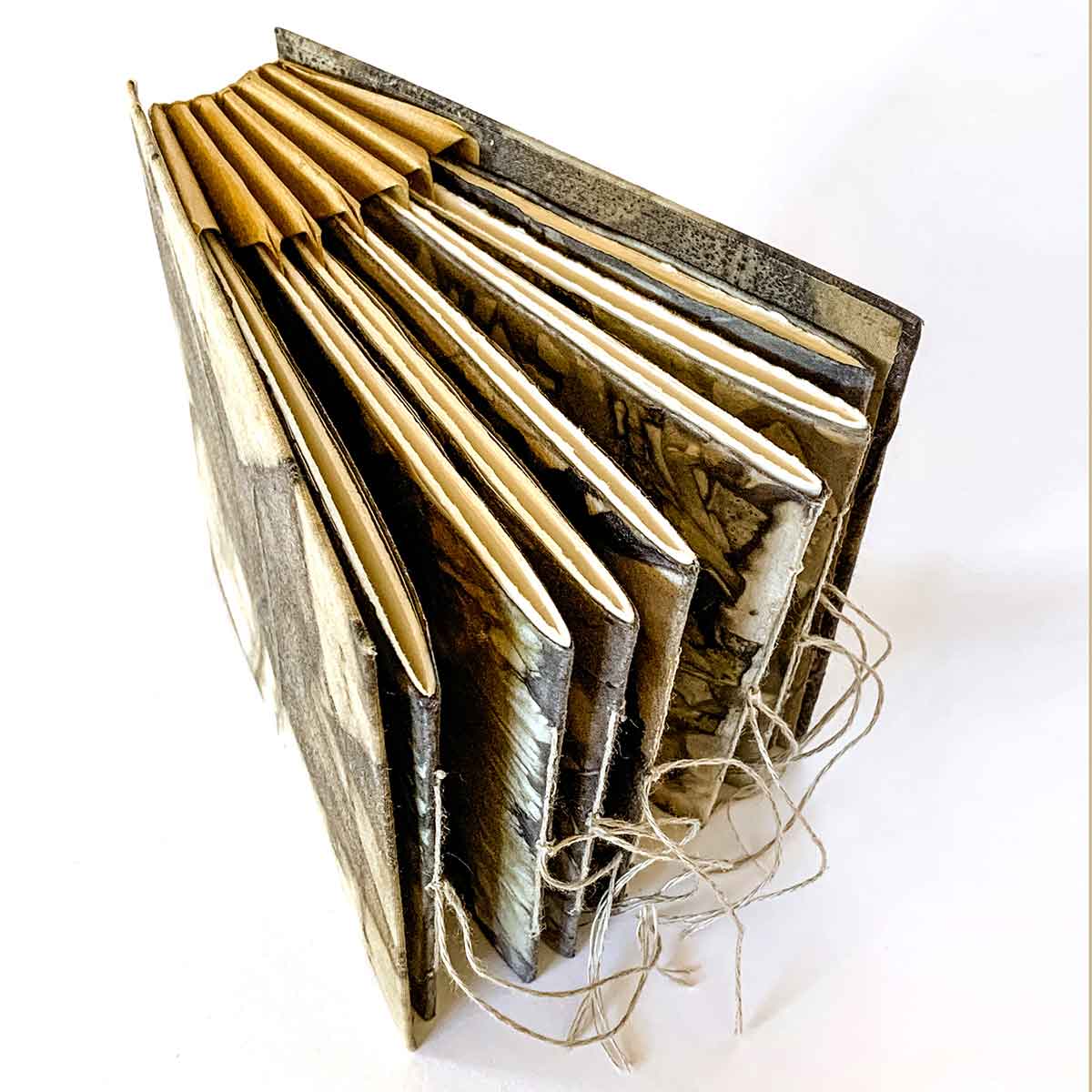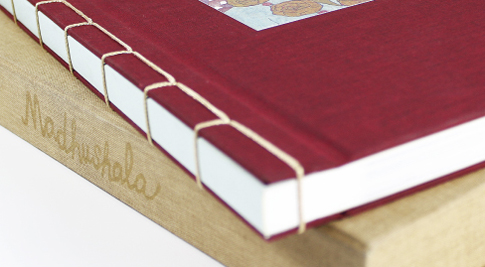Best Practices for Designing Your art book Layout
Understanding the Process Behind High-Quality Art Book Printing for Art Lovers
When it comes to high-grade art book printing, understanding the details of the process can elevate your gratitude for the last item. As you explore the different parts of art book printing, you'll uncover understandings that can transform your perspective on art conservation and discussion.
The Importance of Paper Choice in Art Book Printing
When it involves art book printing, the choice of paper can make or break the end product. You desire your art work to radiate, and the best paper boosts color vibrancy and information. Take into consideration elements like weight, structure, and finish; these aspects substantially impact exactly how visitors regard your job.
For example, a heavier supply communicates top quality and resilience, while a textured surface can include deepness to pictures. Smooth paper is exceptional for thorough recreations, enabling great lines and subtle shades to show up crisp.
Do not neglect regarding the paper's illumination; a brighter sheet can aid shades pop, making your art extra attractive. You'll likewise wish to believe about exactly how the paper engages with inks and whether it can take care of the printing procedure without contorting or bleed-through. Inevitably, choosing the ideal paper sets the phase for your art, guaranteeing it records the target market's interest equally as you visualized.
Choosing the Right Inks for Vibrant Recreations
Picking the ideal inks is simply as vital as choosing high quality paper to achieve vibrant recreations in your art book. When you're publishing artwork, you desire shades that pop and precisely represent the initial piece. Go with inks with a high pigment focus; these often tend to create richer and more saturated shades.
You may think about making use of archival inks, which resist fading over time, ensuring your art book stays as striking as the day it was printed. If you're dealing with pictures or electronically created art, pigment-based inks can give a larger shade gamut, boosting detail and deepness.
Don't forget the finish! Matte and shiny inks can drastically modify the appearance of your art work, so consider the appearance you're aiming to attain - art book. Inevitably, the ideal ink choice matches your paper option, creating a sensational aesthetic experience for your visitors
The Duty of Shade Management in Publish Quality
Shade management plays a necessary duty in achieving high print high quality for your art book. It assures that the shades you see on your screen translate accurately to the published web page. Without effective color administration, your vivid artworks may appear boring or distorted, threatening your imaginative vision.
Next, use color profiles customized for your printer and paper kind. These profiles guide the printer in recreating colors accurately, reducing discrepancies between electronic and published variations.
When you prepare your data, take into consideration making use of a shade area like Adobe RGB or CMYK, depending upon your printer's specs. Always proof your job, also; an examination print can reveal any potential color concerns prior to the final run. By prioritizing color monitoring, you guard the stability of your art, guaranteeing your target market experiences it as you planned.

Understanding Various Binding Methods
Achieving the excellent search for your art book exceeds shade administration; binding techniques additionally play a considerable duty in its general discussion and longevity. You have a number of alternatives to assess, each with its very own special characteristics.
If you're going for a professional feeling, case binding uses a sturdy choice with a hard cover, best for showcasing your art work. On the other hand, perfect binding offers a flexible spinal column while keeping expenses down, making it a popular option for softcover publications.
Spiral binding allows your art book to lay flat, which is great for showing photos without obstruction. Meanwhile, saddle stitching is ideal for smaller brochures, offering a clean surface without the mass.
Inevitably, the binding technique you choose ought to mirror your imaginative vision and just how you want viewers to involve with your work. Make certain to weigh these choices meticulously to achieve the most effective result for your job.
The Influence of Publish Size and Layout on Presentation
While the option of print size and design might appear additional to web content, they greatly affect exactly how your artwork is viewed. The dimensions of your prints can either improve or lessen the influence of your items. Bigger prints can attract visitors in, allowing them to appreciate elaborate details, while smaller formats might require even more intimate involvement.

Conservation Methods for Long-lasting Art Books
To assure your art books stand the examination of time, it's necessary to implement efficient preservation techniques. Start by keeping them in a trendy, dry this hyperlink atmosphere, away from direct sunshine and moisture. This avoids fading and warping, maintaining your web pages undamaged. Use acid-free storage boxes or safety sleeves to protect them from dust and physical damage.
When managing your books, constantly wash your hands or put on cotton handwear covers to prevent oils and dirt moving onto the web pages. Avoid flexing or creasing the backs; instead, utilize book supports when displaying them.
For included security, take into consideration spending in archival-quality materials for this article any fixings or enhancements. Consistently examine your collection for indications of wear or damage, attending to problems without delay. By adhering to these easy techniques, you can guarantee your art books remain vivid and available for many years to find, maintaining their beauty and worth for future generations.
Teaming up With Printers for Optimum Outcomes
When you're ready to print your art book, choosing the appropriate printer is necessary to achieving your vision. Clear communication regarding your assumptions and demands will certainly assist assure that both you and the printer are on the exact same web page. Let's discover just how to make this cooperation as smooth and effective as feasible.
Selecting the Right Printer

Efficient Communication Techniques
Efficient communication is necessary for turning your art book vision right into fact, specifically when collaborating with printers. art book. Begin by plainly detailing your job's goals, consisting of layout elements, recommended products, and any specific printing strategies. Do not be reluctant to share your inspirations and referrals; this aids the printer understand your visual
Establish up normal check-ins to go over progress and resolve any type of questions. Usage visuals, like mock-ups or examples, to convey your concepts better. Be open to comments, as printers typically have click to find out more beneficial understandings that can enhance your job. Keep a favorable relationship by being considerate and pleased of their proficiency. This collaboration will certainly assure that your art book meets your assumptions and radiates in its final kind.
Often Asked Concerns
What Prevail Mistakes to Avoid in Art Book Printing?
When printing your art book, stay clear of common blunders like inadequate resolution pictures, wrong shade accounts, and neglecting page design. Do not fail to remember to check and double-check details to verify your last item satisfies your expectations.
Just How Does Digital Printing Differ From Traditional Printing Approaches?
Digital printing uses electronic data to develop prints straight, allowing for quicker turn-around and modification. On the other hand, standard methods entail physical plates, which can be time-consuming and much less flexible for tiny runs or distinct layouts.
What Is the Normal Turnaround Time for Art Book Printing?
The normal turn-around time for art book printing varies, however you can expect it to take anywhere from a couple of weeks to several months. Aspects like complexity, quantity, and printing approach all influence this timeline.
Can I Publish a Limited Version Art Book Financially?
You can print a minimal edition art book financially by choosing cost-effective products, maximizing print runs, and utilizing electronic printing alternatives. Careful planning and budgeting will certainly help you accomplish top quality without overspending.
What Are the Ecological Factors To Consider in Art Book Printing?
When thinking about art book printing, you need to consider green materials, sustainable inks, and energy-efficient processes (art book). Picking neighborhood printers can also decrease your carbon footprint, making your task both beautiful and ecologically liable